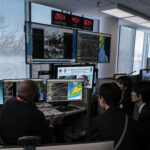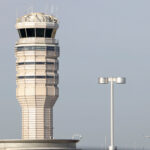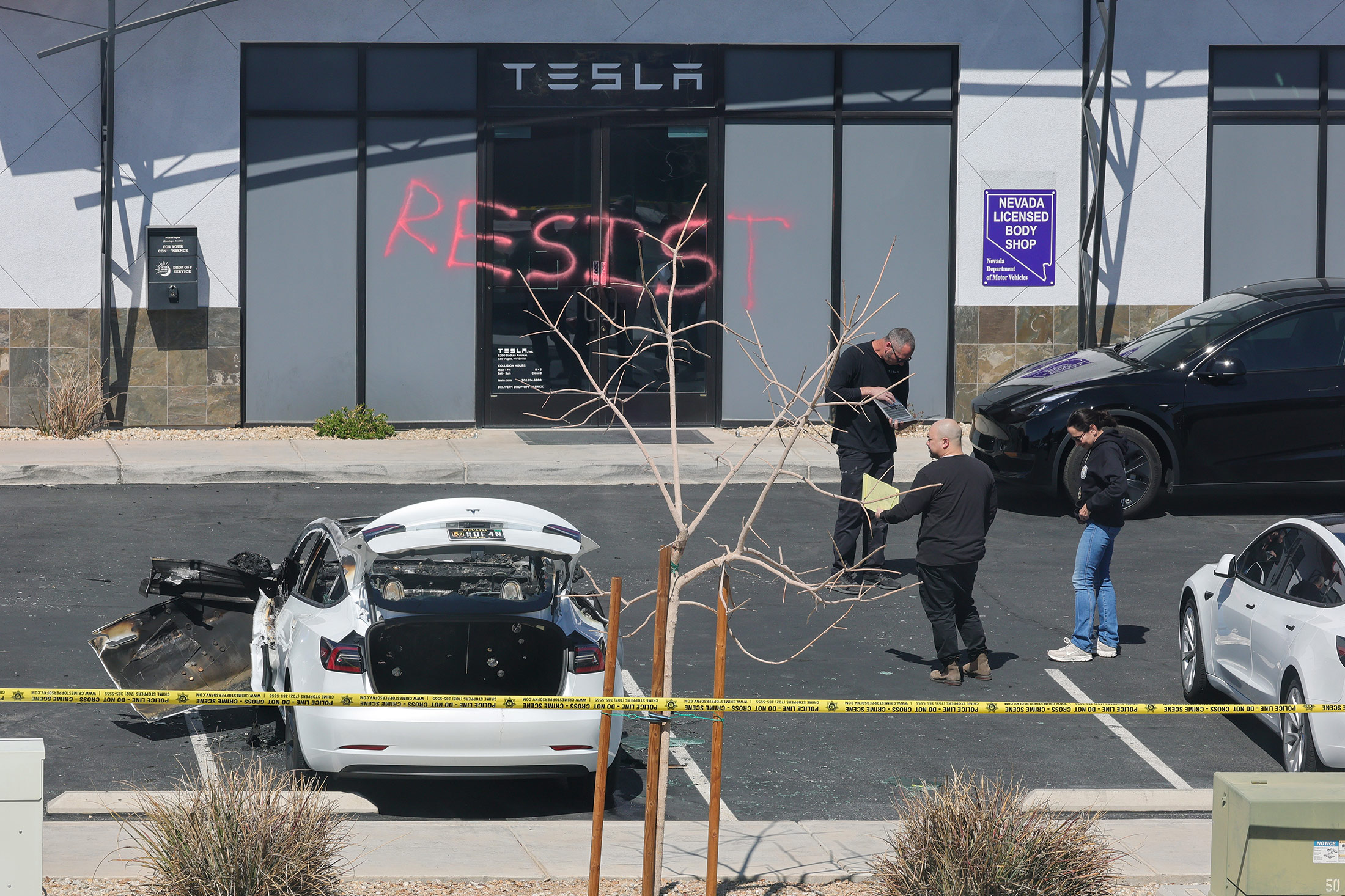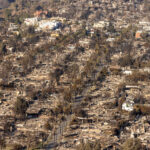Bangkok breathed easier Monday as barriers protecting the capital from Thailand’s worst flooding in decades held firm, but authorities ordered a new evacuation in an industrial park north of the city, as the disaster’s economic impact worsened.
Authorities ordered the evacuation of the Nava Nakorn industrial estate, in Pathum Thani province just north of Bangkok, after water burst through one of several protective walls hurriedly constructed in the past few days.
At least four other major industrial parks have been inundated, leaving upward of 100,000 workers idle and disrupting supply chains, especially in the automotive and electronic industries.
The Labor Ministry said that more than 260,000 people had lost jobs and 6,533 businesses nationwide had to close due to floods in the period Oct. 10-12. Thailand’s Central Bank last week estimated that the total cost of the floods could be 100 billion baht ($3 billion).
The nationwide death toll rose to 307, mostly from drowning. Outside the capital, thousands of people remain displaced and hungry residents were struggling to survive in half-submerged towns. On Sunday, the military rescued terrified civilians from the rooftops of flooded buildings in the swamped city of Ayutthaya, one of the country’s hardest-hit.
At the same time, officials were expressing growing optimism that the capital, Bangkok, would be spared thanks to the city’s complex system of flood walls, canals, dikes and underground tunnels that help divert vast pools of runoff south into the Gulf of Thailand.
On Monday, the Flood Relief Operation Center ordered all factories at the Nava Nakorn industrial estate in Pathum Thani province just north of Bangkok to halt work and prepare their workers for evacuation.
The order was issued in a live television broadcast after water started to break through makeshift barriers erected the past few days at the estate, which was founded in 1971.
Officials later said they managed to keep the flooded area to under 10 percent of the estate, and had the situation under control.
At least four other major industrial parks have been inundated, leaving tens of thousands of workers idle and disrupting supply chains, especially in the automotive and electronic industries.
The flood center’s spokesman, Wim Rungwattanajinda, said 200 buses and trucks were mobilized to take evacuated workers to emergency shelters, including a huge temple complex belonging to the Dhammakaya Buddhist sect that could house as many as 5,000.
Companies with operations at Nava Nakorn include Japanese watchmakers Casio and Seiko, the Swiss powdered milk and food producer Nestle, Japanese electronics firm Toshiba and hard drive maker Western Digital, which has already lost another production facility at another industrial park.
The biggest blows were suffered by Honda and Toyota for whom Thailand is a major production base. Both have been forced to stop all work here due to flooding of their facilities.
Many of the factories in flooded industrial estates are producers of specialized components, such as parts for computer hard drives, producing a knock-on effect for manufacturers in other areas unaffected by flooding that are unable to source needed parts.
Last week, a Japanese trade organization criticized the Thai government for allegedly failing to provide timely and accurate information about the situation in the central province of Ayutthaya, where hundreds of factories have been devastated, including electronics makers and automotive parts suppliers.
“Japanese companies didn’t know what was happening or which information was true or not,” said Seiya Sukegawa of the Japan External Trade Organization Thailand. “They received warnings but not enough information and not enough time to decide the next step.”
Was this article valuable?
Here are more articles you may enjoy.

 US Weather Service Merges Units as Staffing Pressure Rises
US Weather Service Merges Units as Staffing Pressure Rises  FAA Must Do Better After Midair Collision, Acting Chief Says
FAA Must Do Better After Midair Collision, Acting Chief Says  Tesla Showroom Strikes, Vandalism Sparked by Fury Against Musk
Tesla Showroom Strikes, Vandalism Sparked by Fury Against Musk  Catastrophe Experts Tap AI to Tackle Soaring Insured Losses
Catastrophe Experts Tap AI to Tackle Soaring Insured Losses 